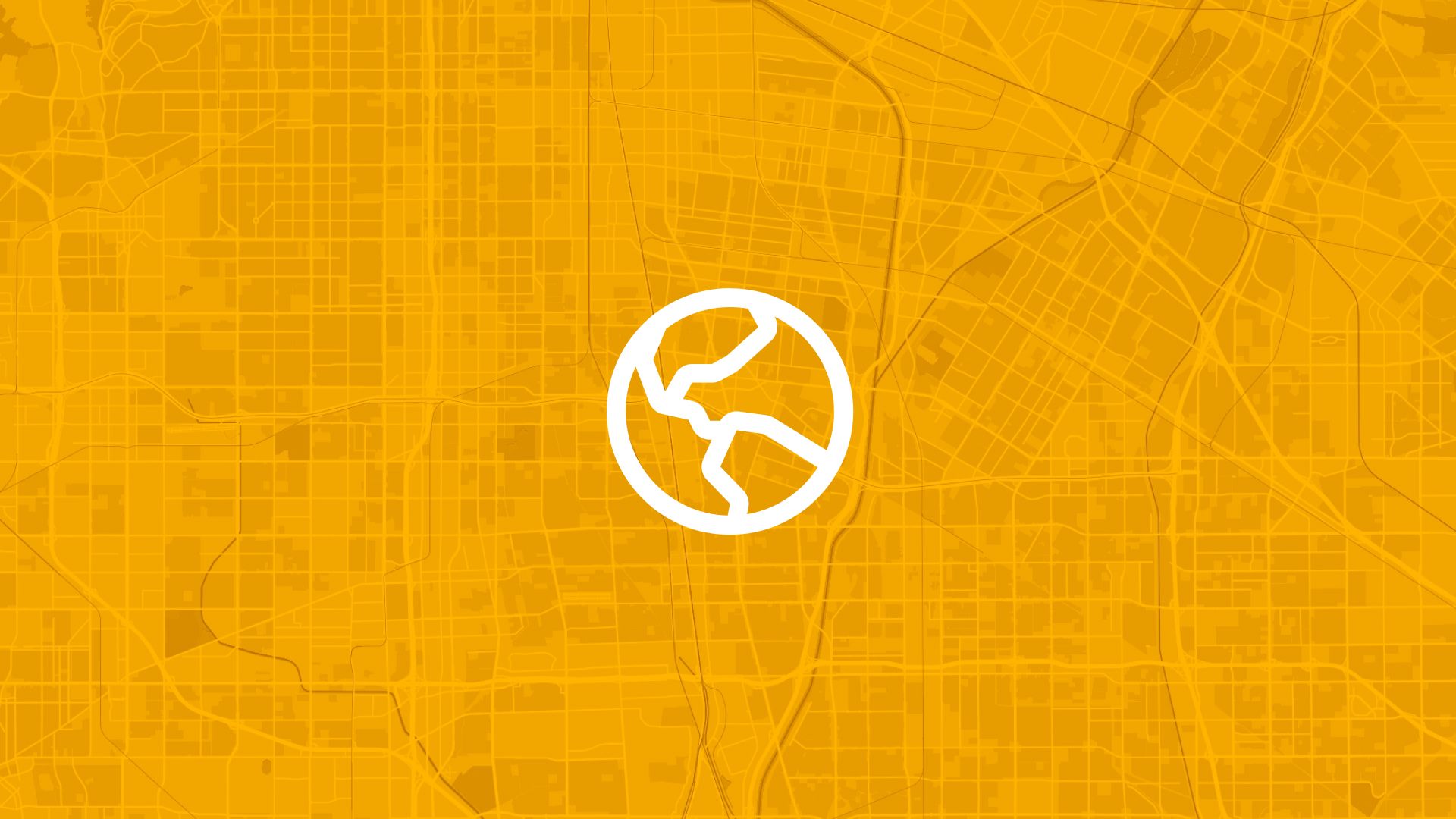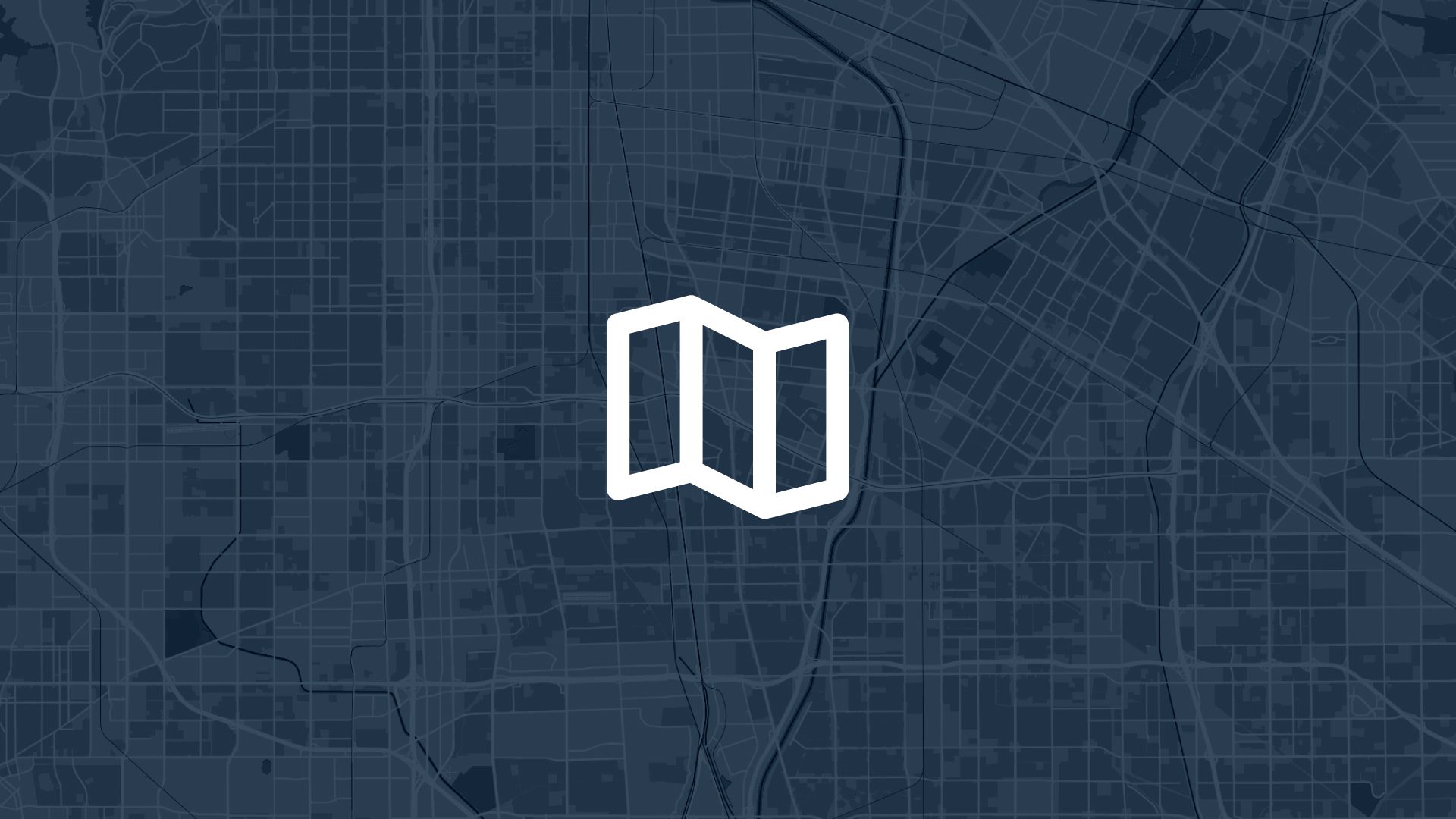Trying to assess land without context is like trying to buy a house without seeing the neighborhood.
It’s not enough to look at a parcel in isolation. You need to see the zoning. The flood risk. And how it all fits together.
That’s where map overlays come in.
With Atlas, you can layer zoning, floodplain boundaries, and parcel data in one interactive view. All styled, all synced, all shareable.
Here’s how to bring it all together—no GIS background required.
Why Overlay These Layers?
On their own, they’re helpful. Together, they help you say “yes” or “no” to a site—fast.
Step 1: Upload or Access Parcel Boundaries
Start by getting the parcels on the map.
You can:
- Upload a CSV or shapefile of parcel boundaries
- Use built-in layers (if your Atlas workspace includes them)
- Draw shapes manually using the Polygon Tool
Each parcel should have a name, ID, or size label so you can compare them later.
Step 2: Add Zoning as a Layer
If you have zoning data:
- Upload it as a shapefile, GeoJSON, or KML
- Style it by zoning type using category styling (e.g. yellow for residential, blue for commercial)
- Set layer opacity to 40–60% so the parcels underneath remain visible
If you don’t have zoning data, check your local city or county GIS portal—they often provide downloads or WMS links you can import into Atlas.
Step 3: Add Floodplain or FEMA Data
Next, bring in flood zones.
You can:
- Upload shapefiles from FEMA, national hydrology databases, or local authorities
- Use semi-transparent blue fills to show the extent of flood-prone areas
- Adjust borders or styling for clarity
Overlaying flood zones on top of zoning and parcels lets you quickly spot which sites are at risk—and which ones are clear.
Also read: Best Way to Map Flood Risk for Development
Step 4: Style for Visibility
Now you’ve got three layers. Time to make them readable.
Try this:
- Parcels: dark border, no fill
- Zoning: light color fill by category (residential, commercial, industrial, etc.)
- Flood zones: light blue fill, low opacity
- Add labels for zoning codes or parcel IDs
Keep the base map minimal so your overlays are the focus.
Step 5: Interact and Compare
Click any parcel to see:
- What zoning applies
- If it overlaps with a flood zone
- What its shape and position tells you about access, neighbors, or exposure
Use the Intersect Tool to automatically find which parcels overlap flood zones—or filter your parcel list based on zoning type.
Step 6: Save or Share the View
Once you’ve built a clear, useful map:
- Save it as a View
- Export a PDF or PNG
- Share a live map link with your team or client
Everyone sees the same data, styled the same way. No back-and-forth. No confusion.
Use Cases
Overlaying zoning, flood, and parcel data helps:
- Developers check land use rules before buying
- Consultants prepare site feasibility reports
- Solar or storage teams avoid regulatory or flood risks
- Governments plan smart growth
- Investors de-risk land portfolios
One map, multiple answers.
Tips
- Keep styling simple and consistent across maps
- Use filters to show only parcels in certain zoning types
- Combine with slope, grid, or wetlands layers for deeper checks
- Save multiple views for different scenarios (e.g. “All Zones”, “Industrial Only”, “Flood-Exempt Sites”)
Good overlays save time. Great ones lead to better land picks.
Site Search and Evaluation with Atlas
Like most GIS platforms, Atlas can help you look at maps. But when it comes to site search and evaluation, Atlas goes much further.
It’s built specifically for people who need to spot the right land, fast.
Whether you’re scouting for renewable energy projects, industrial expansions, new retail locations, or land investment opportunities—Atlas gives you the tools to compare parcels, overlay key data, and share results with your team.
This isn’t just about seeing what’s on a map. It’s about making a decision.
Let’s break down how Atlas helps you find and evaluate sites more efficiently.
Bring Your Own Data or Start From What’s Built In
Sometimes you already have a list of parcels. Other times you’re starting from scratch.
Atlas works well in both cases.
Upload a CSV with parcel data, or drop in shapefiles from your GIS team. You can also use drawing tools to sketch out potential sites manually. Each shape becomes a layer you can click, label, and filter.
But if you don’t have data, no problem.
Layer Key Data to Evaluate Site Potential
This is where Atlas stands out.
Instead of flipping between different platforms to compare slope, access, zoning, and flood risk—you just layer it all on the same map.
You can:
- Add flood zone shapefiles
- Import elevation and run Slope Analysis
- Draw buffers around power lines or roads
- Overlay wind speed rasters and compare to parcels
- Tag constraints like wetlands or protected areas
Each layer is styled visually—so you can color, label, and toggle visibility depending on what you need to see.
That means less time guessing, and more time seeing.
Also read: Best Way to Map Flood Risk for Development
Style, Filter, and Compare Sites Fast
Atlas makes it easy to surface the parcels that matter.
Need to find all land within 1km of a substation and outside the flood zone and with a slope under 10%?
No problem.
You can filter by overlap, intersect layers, or use visual styling (like heatmaps or range coloring) to compare sites at a glance. This helps you narrow down dozens or hundreds of parcels into a shortlist—based on your actual criteria.
It’s the kind of analysis that would take hours in traditional GIS tools. In Atlas, it’s built in.
Save Views, Share Maps, and Move Quickly
Once you’ve identified viable sites, you don’t want to waste time copying screenshots into slides.
Just share a live map.
Atlas lets you save views with specific layers turned on, annotate them with labels or comments, and export the results as PDFs, images, or shareable links. Your team sees exactly what you see.
Clients, engineers, or investors can explore the map in real-time—without needing a login or software.
Real Teams Use It This Way Every Day
Atlas is used by solar developers, land acquisition teams, consultants, and manufacturers across industries.
They’re using it to:
- Evaluate wind and solar potential
- Compare parcels for land deals
- Screen out sites with slope, flood, or zoning issues
- Plan for infrastructure access
- Report site findings to partners and clients
In short, if your job involves picking land or comparing locations—Atlas makes it easier.
Smarter Site Search Starts with the Right Tools
You don’t need to be a GIS expert to evaluate land like one.
Atlas takes the tools that used to be hidden behind complicated software and makes them available right in the browser.
So whether you’re screening 10 parcels or 1,000, you can see the data clearly, layer what matters, and share results in minutes—not days.
Flood zones? Check. Slope? Done. Proximity to grid? Covered. Team visibility? One link.
That’s what modern site evaluation looks like in Atlas.
Boost Your Workflow with the Right Tools
Site planning moves fast. Whether you're checking slope, flood zones, proximity to power lines, or wind potential—speed and clarity matter.
Atlas gives you both.
In this article, we covered how to overlay zoning, flood and parcel data, but that’s just one of many things you can do with Atlas.
From overlaying data to running analysis, styling layers, and sharing maps with your team, Atlas makes complex site evaluation tasks simple and visual. All from your browser. No GIS experience needed.
So whether you're screening parcels, comparing risk, or narrowing down locations, Atlas helps you move from "just looking" to "let’s go" faster.
Sign up for free or book a walkthrough today.





